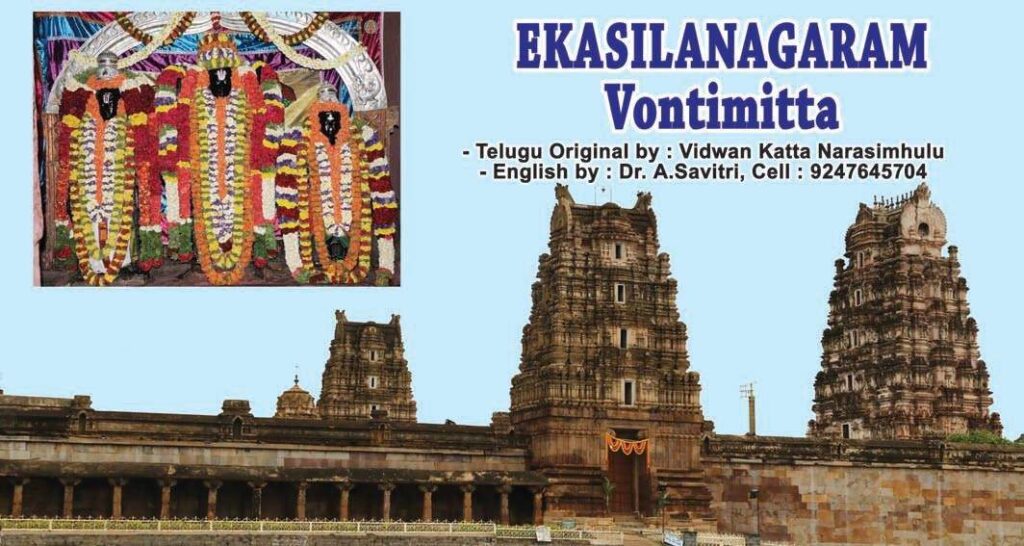Sri Kodanda Ramaswamy – Ekasila Nagaram, Vontimitta Kodandarama Temple at Ekasila Nagaram, Vontimitta is a famous tourist centre. It is known for its architectural and historical significance. To know about the history of that magnificent masterpiece, one has to go back to the history incorporated in our ancient myths and puranas. According to the concept Read More
Tag: Ekasila Nagaram
Vontimitta temple – Sri Kodanda Ramaswamy temple is also known as ‘Ekasila Nagaram’. Ekasila (Deities in a single stone) and Nagaram (town).

